












Feast your eyes, friends, on the pretty that is Honeycomb Studio. We recently had the privilege of getting an exclusive behind-the-scenes look at this local Atlanta gem: a small batch ceramics studio that produces countless stunning, handmade porcelain sculpture designs that we’re proud to feature in our Shop (and we can’t keep them on our shelves!). Each piece is made one-at-a-time, meaning no two pieces are alike, which makes them that much more special in our eyes.
We’ve been thrilled to follow Honeycomb Studio founder Courtney Hamill’s much-deserved and growing success, spotting her beautiful work around the web and on industry favorites like Lonny and Southern Living. In today’s installment of The Create Series, we sat down with Courtney to talk shop, learn about her personal creative process, hear about her upcoming plans for Honeycomb Studio and more. Read on, below! Cheers, Kat
WOM: We’re thrilled to share your story today; you’re such an inspiration as both a creative and small business owner! Please take us through your professional journey.
HS: I discovered ceramics a bit later in life than some others. I grew up in a school with a very limited and traditional arts curriculum and, as such, wasn’t exposed to sculpture or 3D art until college. I took an introductory wheel class as an elective my junior year in college and was hooked. I took every studio class they would let me until I graduated a year later. There’s something very visceral about pottery – your hands almost itch to be in clay.
When I graduated from college, I worked as a full time apprentice to a well-known ceramicist, Donna Polseno, but soon had to return to the world of the 9-5 for all of those normal adult reasons (health insurance, etc.). I spent the next 7 years building a successful career as a non-profit fundraiser. I always regretted walking away from pottery, but the idea of leaving a stable job to become a studio artist seemed unwise. In the spring of 2012, I had taken a job that wasn’t the right fit for me and, in assessing my options, decided that now was the time to take a leap and pursue a dream. I won’t say it was an easy decision, but the timing felt right and I knew I could always go back to work if ceramics didn’t work out. I’m happy to say that I’ve never looked back.
WOM: When did you realize that Honeycomb Studio had “made it”? Was there one moment when you realized this was all going to be a hit, or were there a bunch of little moments?
HS: I’m not sure that I’ve ever been able to relax enough to say that Honeycomb Studio has “made it”, but there are two moments that stand out in my mind that made me think that my crazy plan to build a pottery studio might be working. The first was a feature article in Southern Living that effectively legitimized my career move to my entire family (and probably to the Southeast) and the second was an email from a buyer with Liberty of London saying they wanted to offer my Antler Series to their customers. It was amazing to be that people/companies on that scale were taking note of the work coming out of my 200 square foot studio.
WOM: Have you had a mentor/any piece of advice that’s really stuck with you on your journey?
HS: Creatively speaking, I get immense comfort/inspiration from two quotes that essentially say the same thing: “Inspiration exists, but it has to find you working” – Pablo Picasso, and “…Inspiration is for amateurs. The rest of us just show up and get to work.” – Chuck Close. They remind me that being an artist is WORK, which might not seem very sexy, but it frees me from the idea that I have to walk around in a haze of creative ideas all the time to be a good artist. No. Sometimes you’re not feeling it just like everyone else, but just like everyone else, you get your ass in that studio, make work and see where it takes you. It takes a lot of the existential pressure off, especially when I feel like my creative well is running a bit dry. Work begets art and there’s no way around it.
WOM: This past year especially, we’ve seen Honeycomb Studio really take off. How has balancing motherhood been so far with your success?
HS: I’m flattered that you think I’m balancing anything, haha. The first thing I have to say is that I don’t do this alone. I have an amazing studio team working all week long to fill wholesale orders and keep our firing and production on track. My studio manager, Sarah Beth, has been with me for three years and can pretty much run with studio without me, which leaves me more time to grow the business side of things and create new designs. I also spent most of last year getting Honeycomb Studio ready to run without me during the busiest time of the year (Christmas) while I was on maternity leave, so the systems that I put in place for that have been immensely helpful. Mostly, though, I would say that I’m still working on “balance”, and wonder if there really is such a thing for a small, creative business owner. I had illusions of bringing Leo, my 5 month old, to the studio with me every day and living the maker/mom dream, but I discovered pretty quickly that I couldn’t be productive that way. I had to look long and hard at my goals for Honeycomb Studio and what “being a good mom” meant for me and I’m still in the process of figuring those things out. In the meantime, I’m just trying to have grace for myself and remember that it’s all one big learning process.
WOM: Where do you find inspiration for your stunning and completely unique pieces?
HS: I never know where inspiration will come from, so I try to keep my eyes open. For me, inspiration comes mostly from the form. If I find a modern form with clean lines that appeals to me, I start there and find that the designs will come next. It’s kind of an “I know it when I see it” kind of thing. I do try not to look too much at what my fellow ceramicists are doing so that I’m not overly influenced by their work. I do my best to draw from outside of that pool.
WOM: What’s your process for creating new pieces/collections?
HS: I usually start with a general idea of something I want to make, be it a candle stick, a plate, or a vase, and then I start to look around for a clean form that appeals to me. Sometimes this is a bottle I find in a thrift store, sometimes it’s a form that inspires me in a magazine that I then play with in the studio. I try not to get too caught up on what I want the finished product to look like and try to take one step at a time – determine the form, add any carvings/alterations, play with glazes/luster designs – and see where that takes me. The fact that I tend to work with a very limited color palate helps narrow down the endless options, as well. I have learned to be flexible, because sometimes the glazes or forms don’t behave as you expect them to during high temperature firings, and it’s nice to be able to work with those unexpected elements, rather than start over from the beginning. It’s a fun process if you can train yourself not to be too ridged.
WOM: Is there a specific way you like to fill your “creativity tank”?
HS: Being around people who love what they do is a never ending source of inspiration for me. They don’t even need to be creatives, just be excited about whatever it is that gets you out of bed and that rubs off on me. Of course, if you’re doing exciting creative work, all the better! I find that the artistic pursuits that have the biggest effect on me are very different from the kind of thing I do all day: modern dance, installation art – that weird stuff just electrifies me and I can’t wait to get back in the studio and make new stuff.
WOM: Have you dealt with any copy cats?
HS: Luckily, I haven’t yet. I think ceramics are a little harder to rip off than paper goods, jewelry or something like that, just because of the specific materials needed (good luck finding a kiln). I would like to think though, that unless it was a big company ripping off my designs, I wouldn’t get too hung up on it. Even if someone copied my bud vases, for example, they will never be as good as the vases that I make, simply because they are an imitation. Of course, to make a profit off of someone else’s designs is rude and inexcusably lazy, but that just means the copy catter is not a real threat. I have a million ideas and they had to steal the one that they “had”, so while infuriating, they’re not a real creative threat. This philosophy might be a little obnoxiously zen, but like I said, I’ve never actually dealt with the issues so who knows how I’ll feel when push comes to shove.
WOM: What are your tips to others starting out on the same path as you did?
HS: First, I would say get some semblance of a business plan. That’s not a sexy answer, but making a living as an artist is a huge challenge and you have to have more of a plan than “I’ll just open an etsy shop and see what happens”. If you’re not going to do it full time, by all means, see where your etsy shop takes you, but the plan needs to be a little more robust if you’re going to pay the bills. Second, I would say to put some thought into what success looks like to you and if the answer is having your work in every store in America (or something grand like that), put some thought into how to scale your handmade whatever to fill large orders. You can be doing it all yourself at first because we all do, but I am here to tell you that trying to fill an order for 1500 handmade candles by yourself, even if it is for Anthropologie or something awesome like that, is NOT what you want to find yourself doing. If you’re successful, great opportunities will come along and it’s good to have at least an idea of how much you can handle and what it would mean to handle more.
WOM: We LOVE that you’ve introduced lighting to the mix and have enjoying seeing it become the big success that it is. What’s next?
HS: Oooh I’m so excited! I can’t say yet, but we’re in the middle of designing a totally new line to debut this fall and I can say that 1) I’ll finally have a product that no one asks “it’s pretty, but what do you do with it?”, and 2) these are pretty traditional items that everyone has in their home. I’ve also been working on some collaborations with some great local companies like Heirloomed and Holly Beth Organics, so stay tuned for that too.
WOM: Has there been anything you’ve been dying to take to market and didn’t? Has anything failed that you’ve had your heart set on?
HS: I really wanted to offer our Antler Series as mounted wall hangings, but I could never really figure out the logistics of working with wood + metal as I wanted to. I have some ideas, but could never really make it work. Oh well, maybe one day…

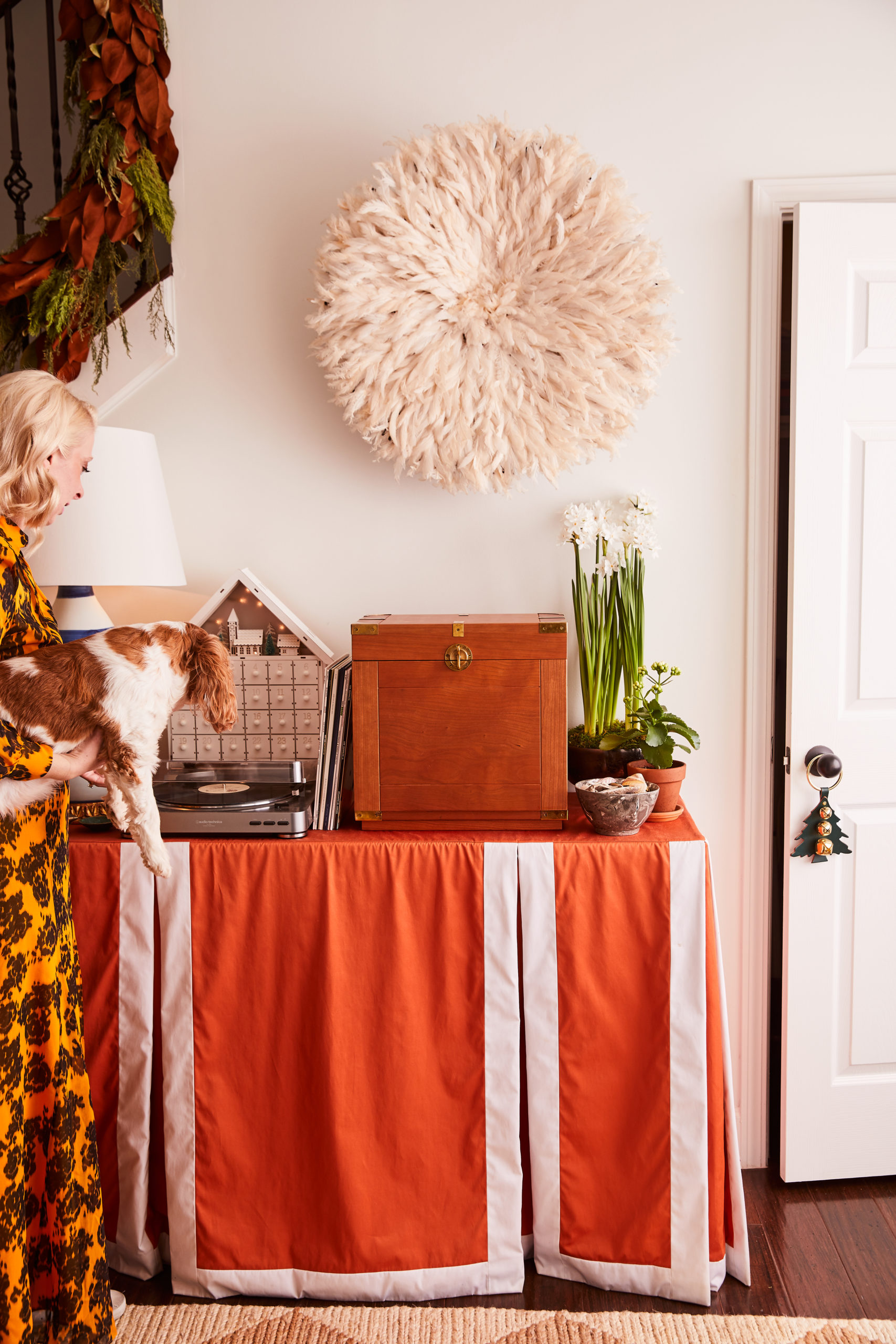
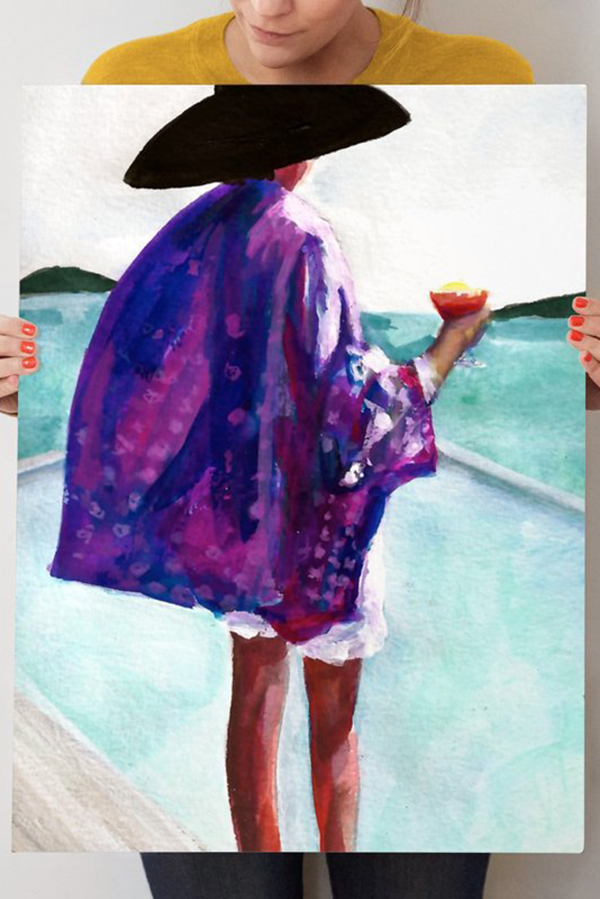
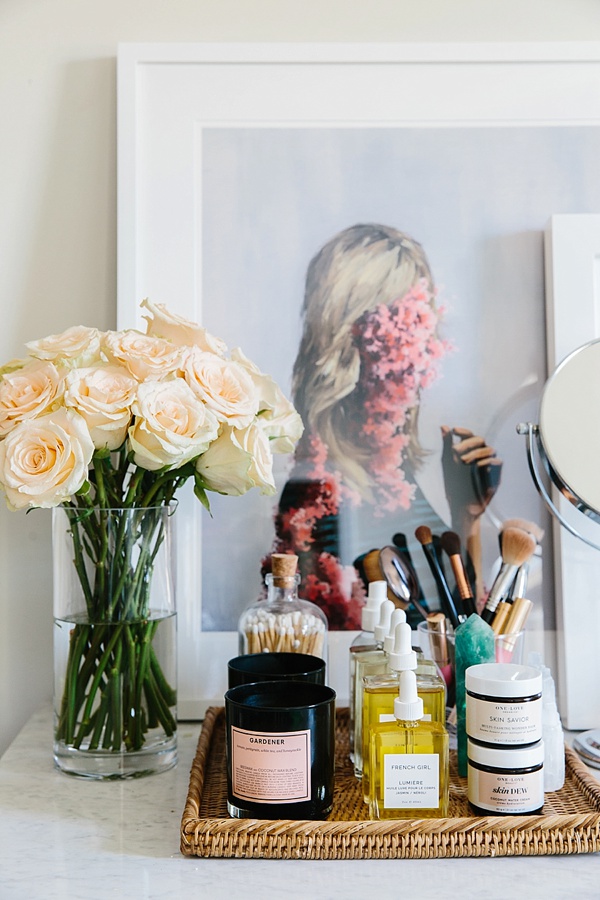
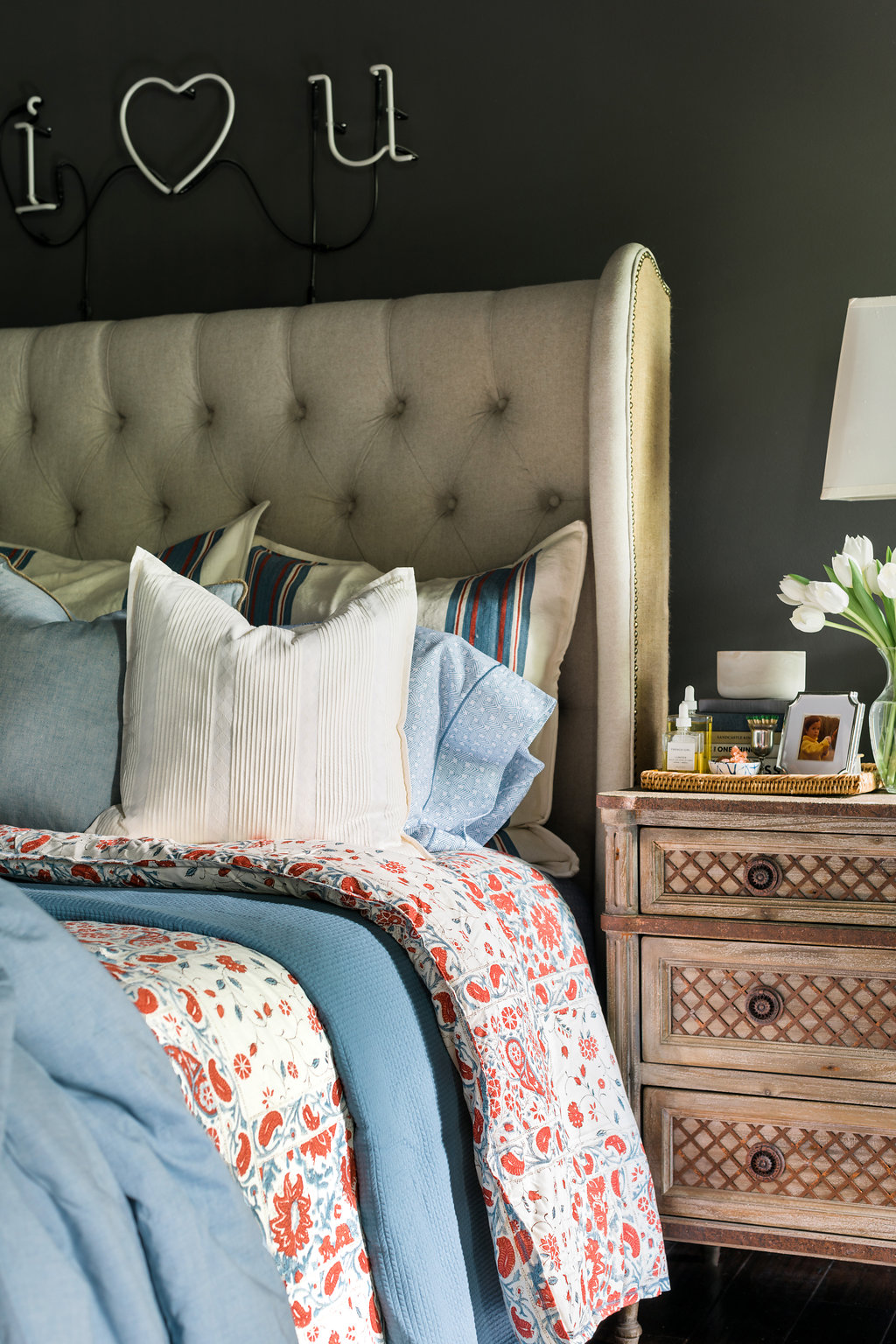
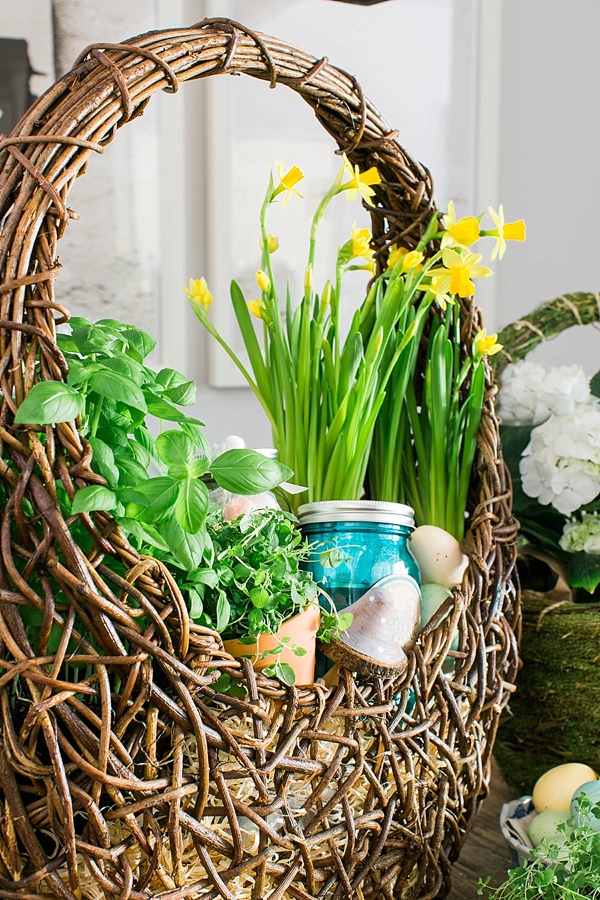
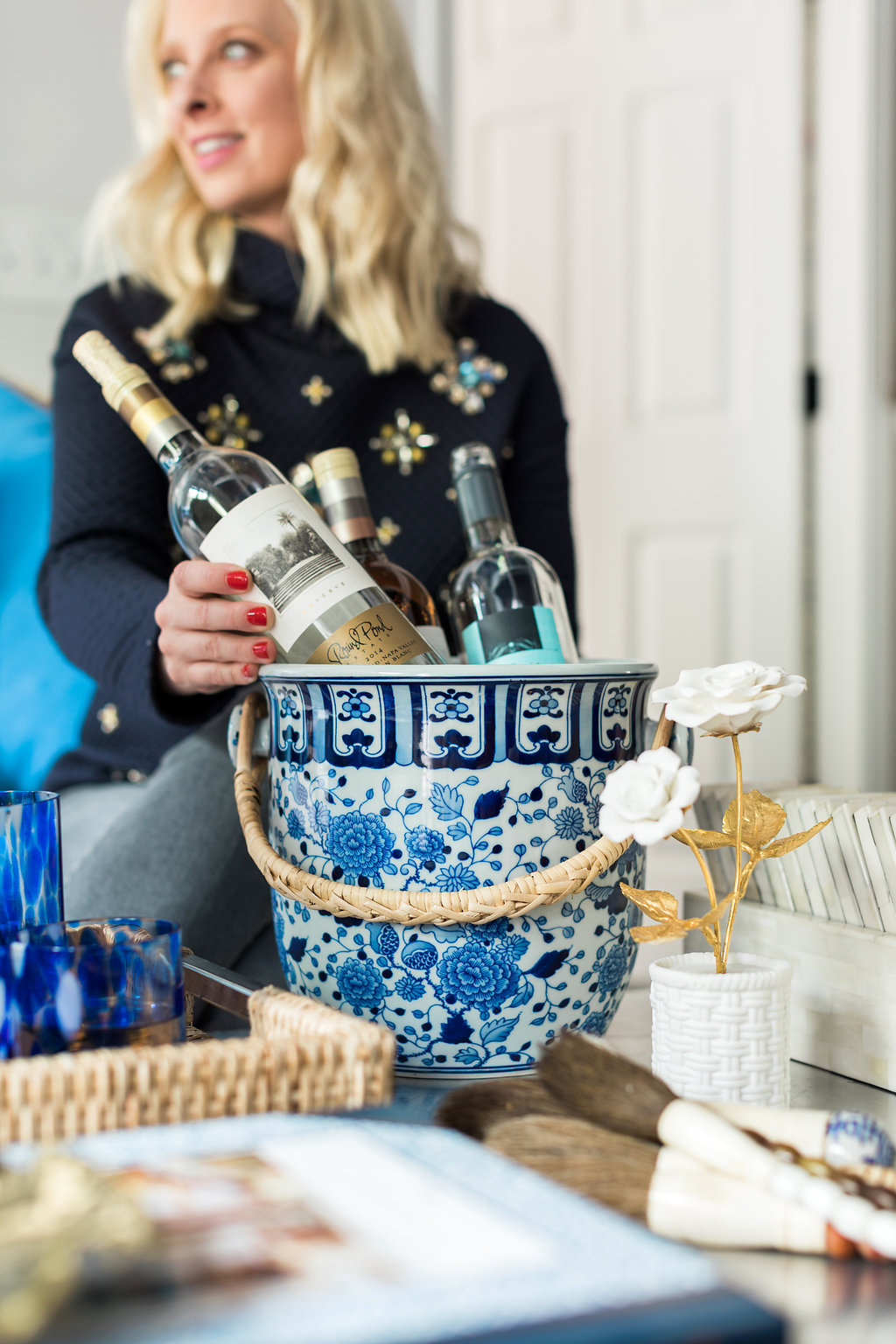
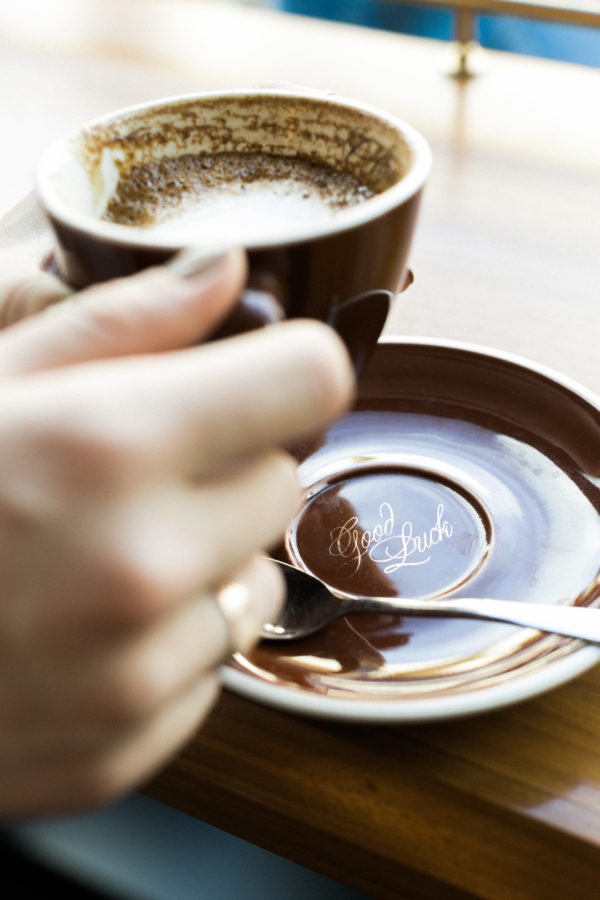
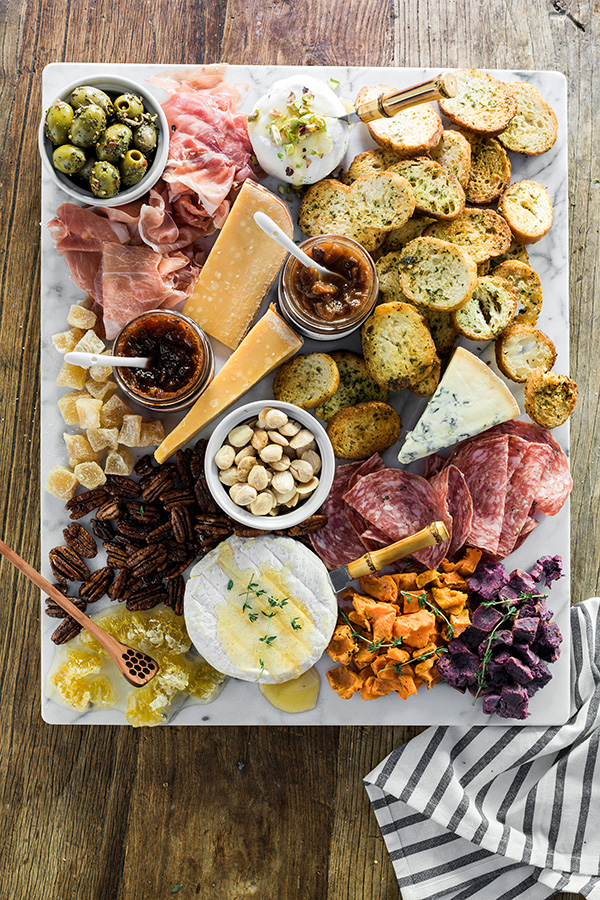
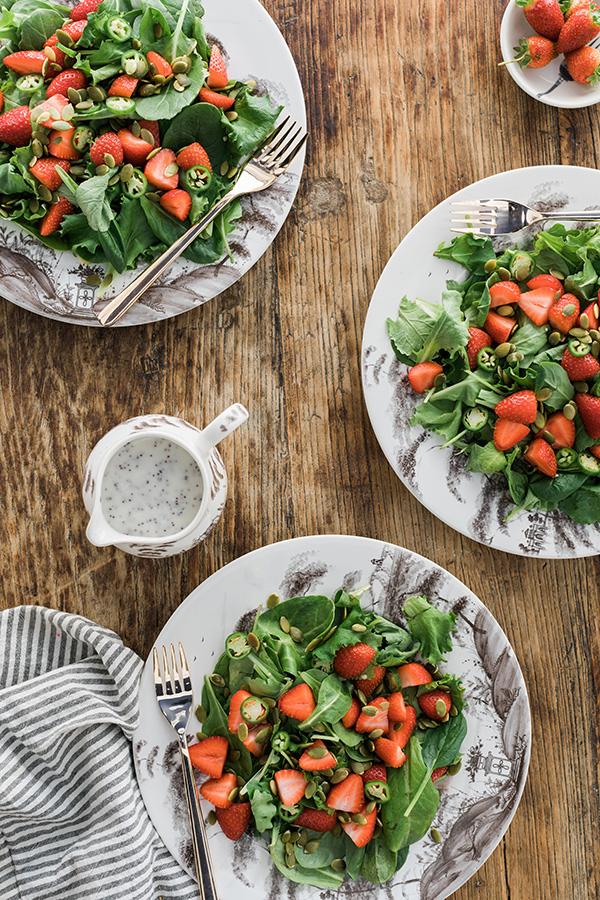

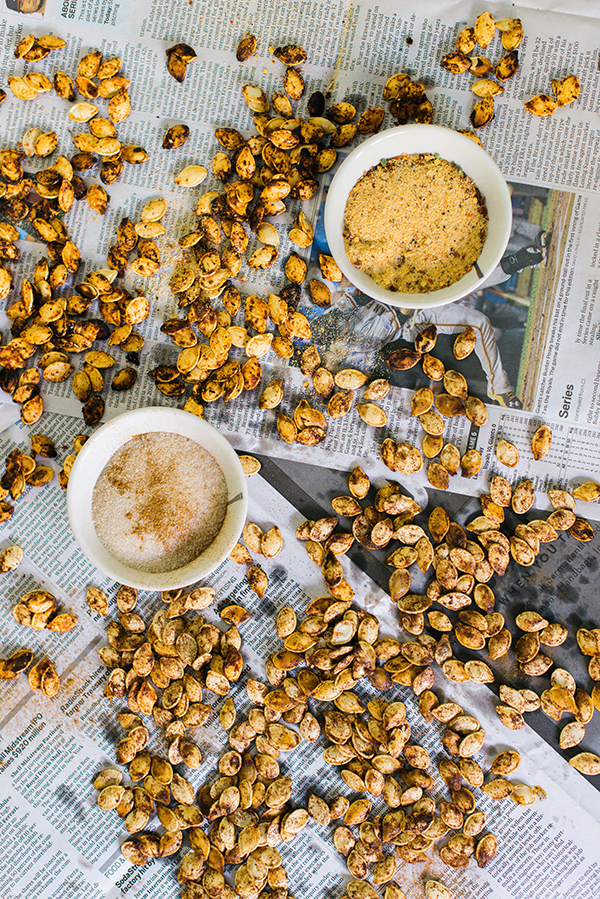
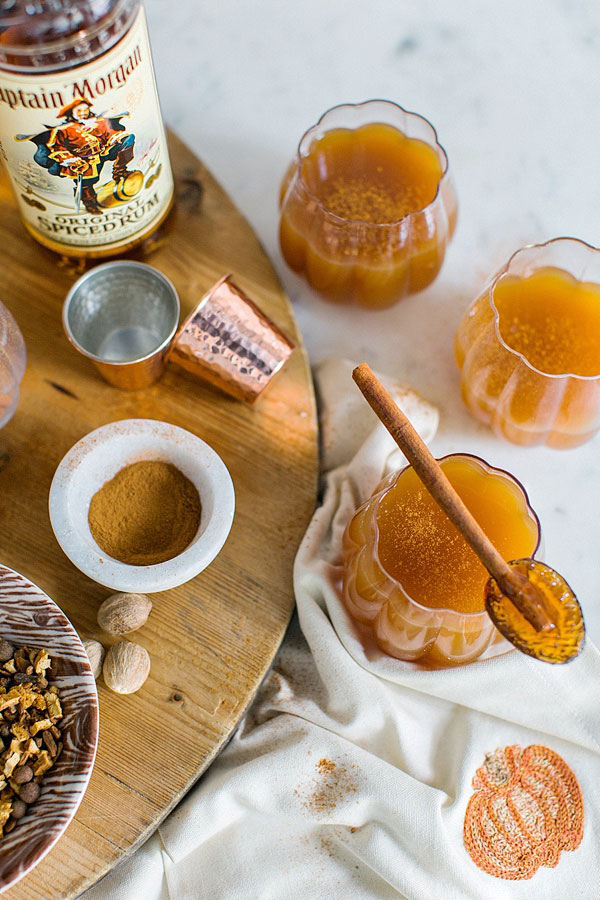
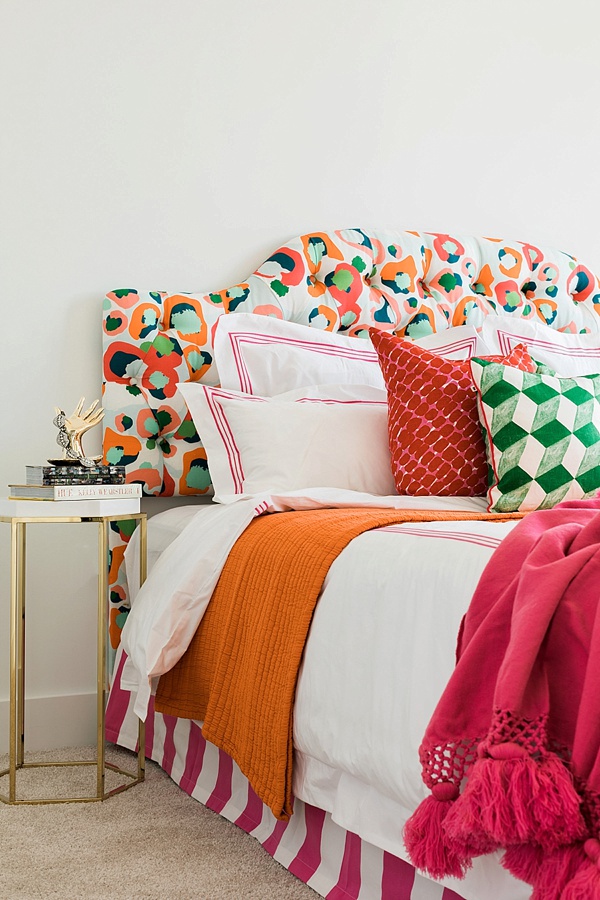
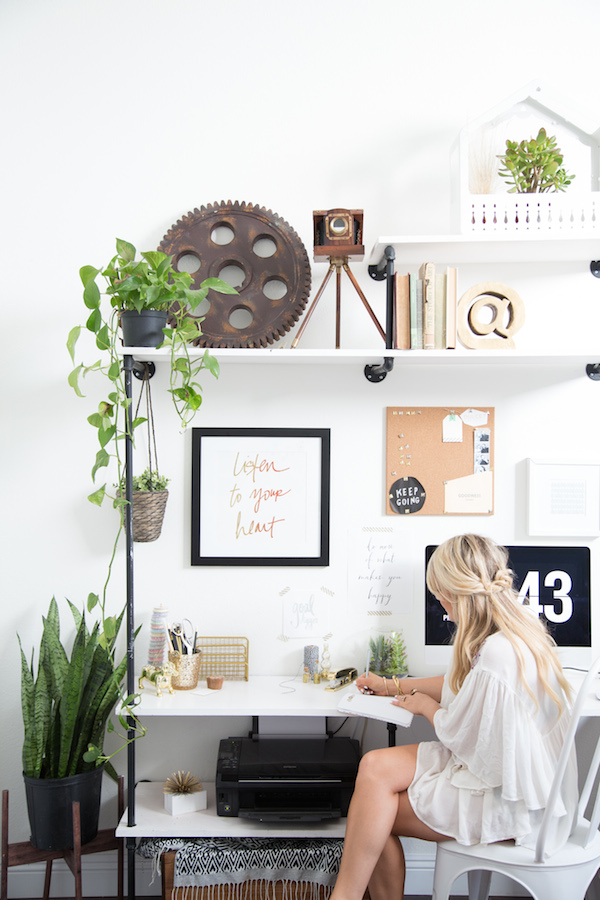
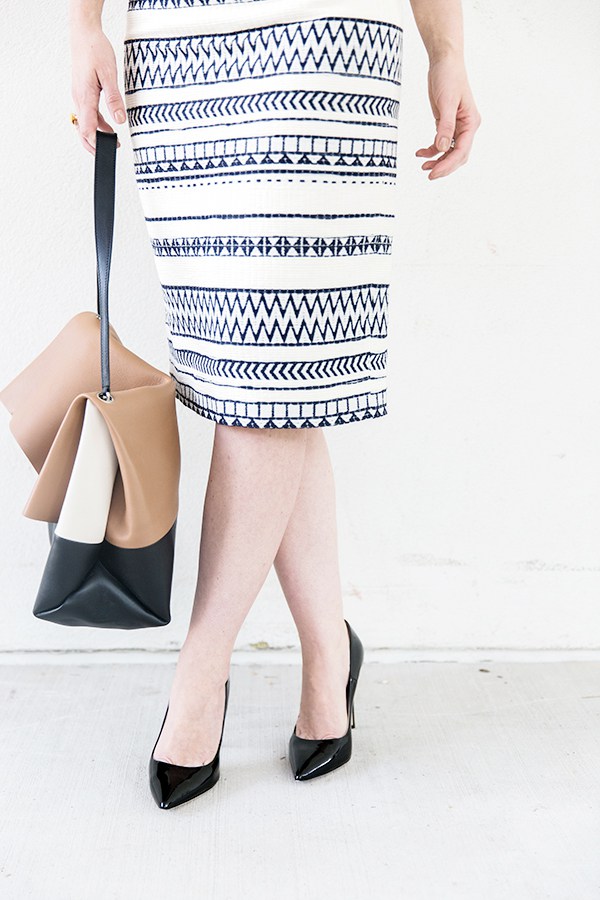
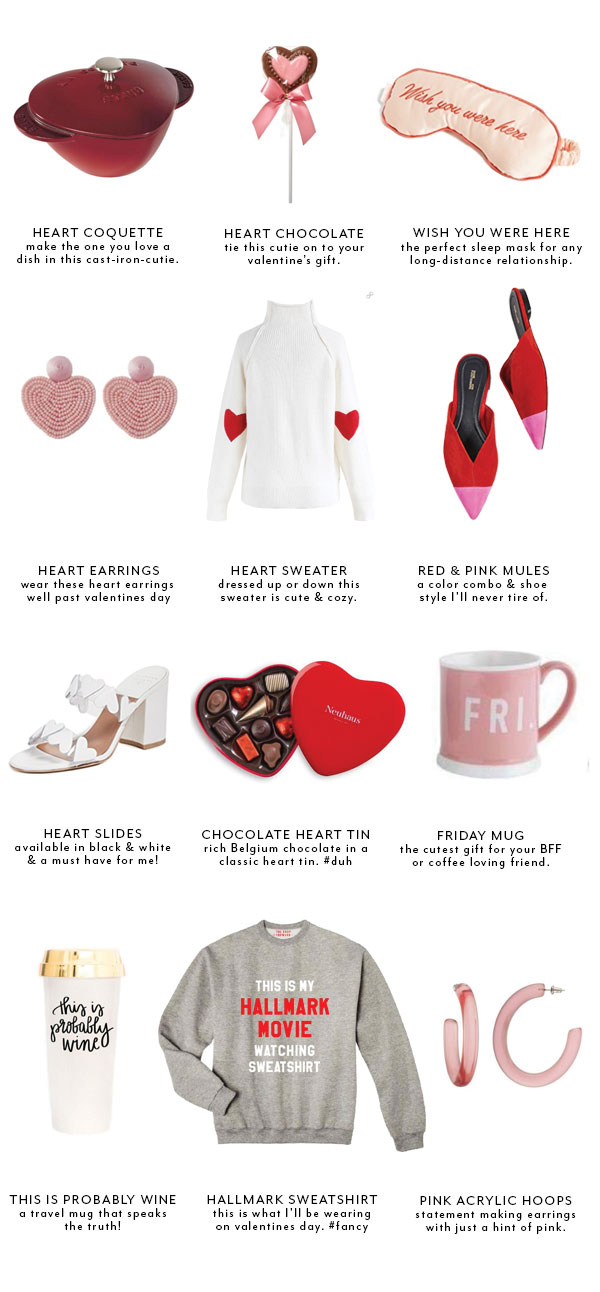
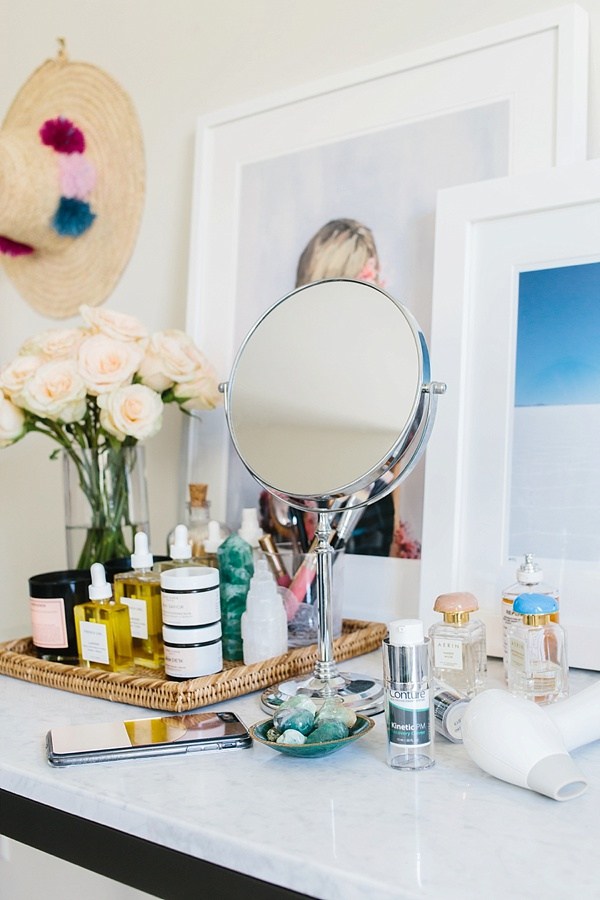
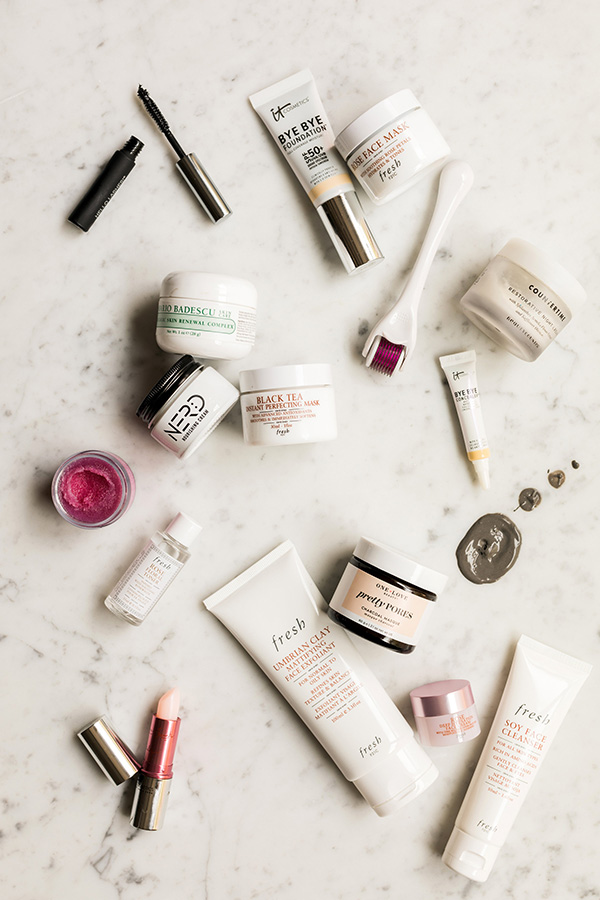
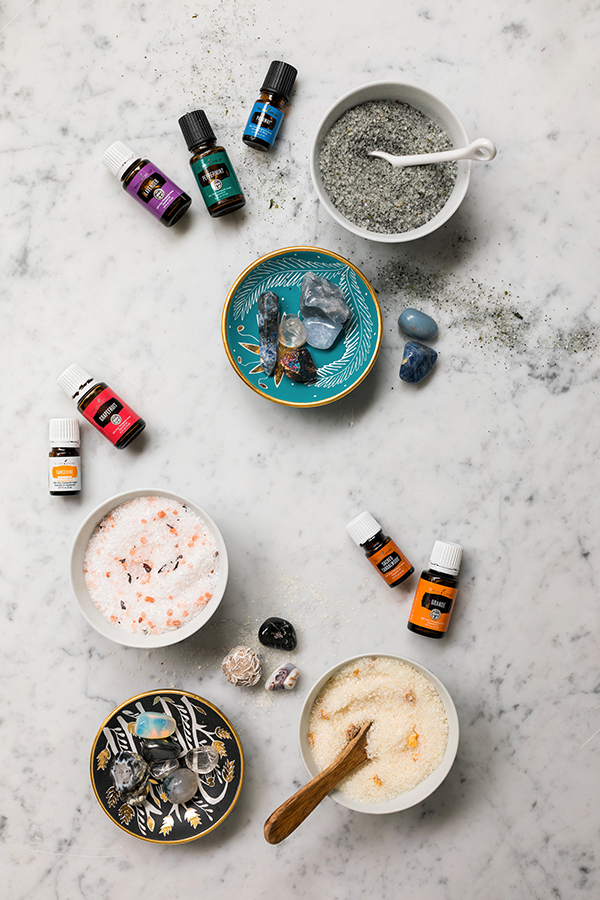










I had no idea they’re in ATL! Love that gold dipped container. Must check them out!
xo Jessica
http://www.mystylevita.com